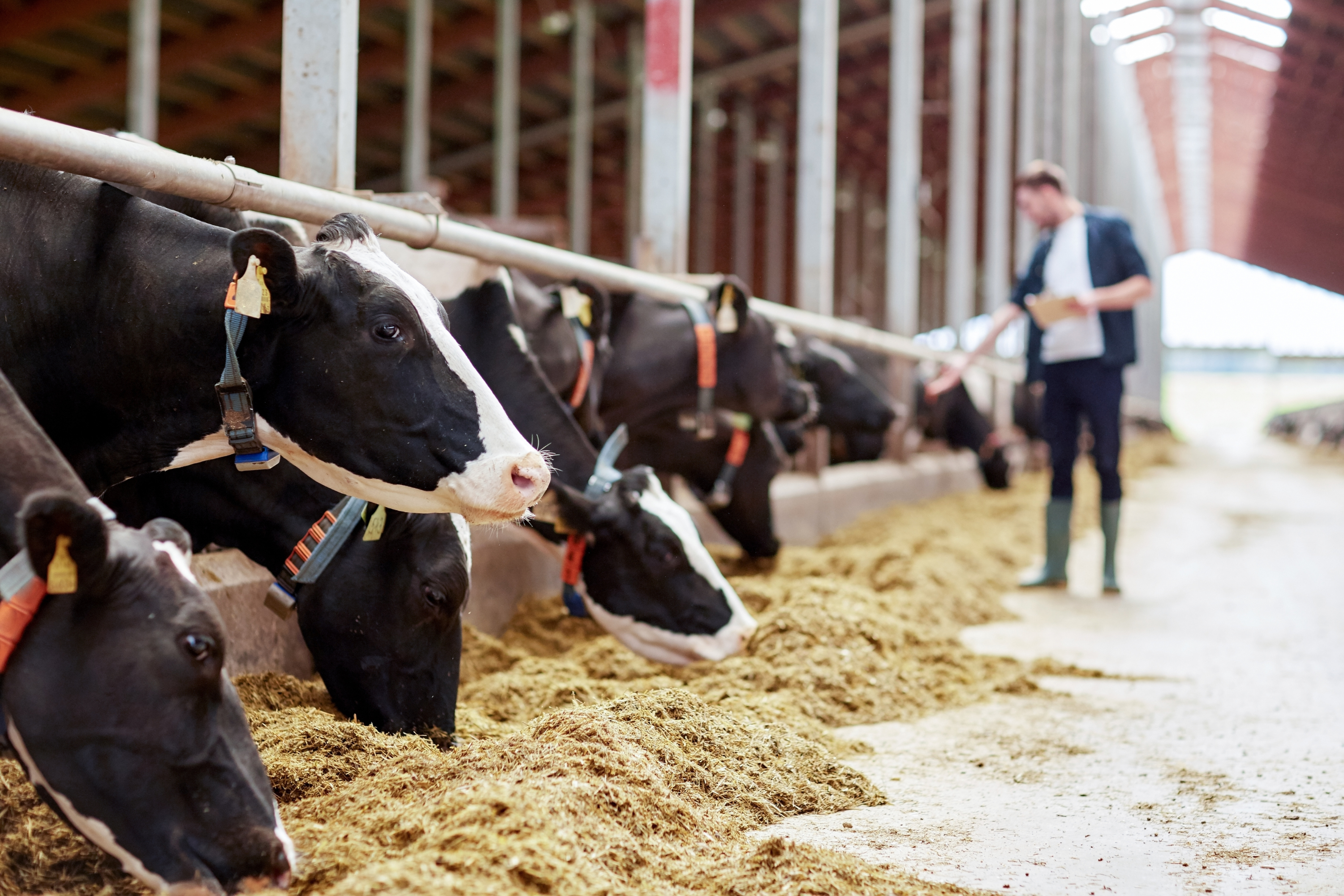
Understanding Dairy Margin Coverage: A Risk Management Tool for Dairy Farmers
Dairy Margin Coverage (DMC) is a voluntary risk management program offered by the USDA to help dairy farmers protect their income from fluctuations in the difference between milk prices and feed costs, commonly called the “margin.” Because dairy farm profitability depends heavily on this margin, which can be volatile, DMC provides payments when the margin falls below a selected coverage level, helping to stabilize farm income.
How Dairy Margin Coverage Works
The program calculates the margin by subtracting the average feed cost from the average milk price over a two-month period. If this margin falls below the coverage level chosen by the producer, the USDA makes a payment to help offset the loss. Producers can select from several coverage levels, ranging from $4.00 to $9.50 per hundredweight (cwt) of milk, with higher coverage levels costing higher premiums.
Coverage applies to a specified production history, and payments are made monthly when the margin falls below the selected level. This allows dairy farmers to manage financial risks associated with both low milk prices and high feed costs.
How Dairy Margin Coverage Works: A Real-World Example
Consider a dairy farmer in Wisconsin who enrolled in DMC at a coverage level of $7.00 per cwt with 5 million pounds of production history. During the months of July and August 2023, suppose the average milk price was $19.00 per cwt, and the average feed cost was $14.50 per cwt. The margin for this period would be:
Margin = Milk Price – Feed Cost = $19.00 – $14.50 = $4.50 per cwt
Since the margin of $4.50 is below the chosen coverage level of $7.00, the farmer qualifies for a DMC payment on the difference of $2.50 per cwt.
Here’s a simplified payment calculation:
-
Coverage gap: $7.00 – $4.50 = $2.50 per cwt
-
Production history: 5 million pounds = 50,000 cwt
-
Payment: 50,000 cwt × $2.50 = $125,000
This payment provides significant financial relief, helping the farmer offset losses caused by the low margin.
Key Features of Dairy Margin Coverage
DMC is unique because it accounts for both milk price and feed cost fluctuations, unlike many other programs that focus on price alone. The program is designed to be flexible, allowing producers to choose coverage levels that suit their individual risk tolerance and financial needs.
Premiums for coverage vary depending on the coverage level selected, with higher coverage levels requiring higher premiums. Farmers pay these premiums annually or monthly, depending on their enrollment.
Enrollment and Risk Management
Dairy farmers must enroll in DMC during annual signup periods and update their production history as needed. The program complements other risk management tools such as futures contracts, crop insurance for feed crops, and business diversification strategies.
Conclusion
Dairy Margin Coverage offers dairy farmers a vital financial safety net by protecting against declines in the margin between milk prices and feed costs. The 2023 Wisconsin dairy example highlights how DMC payments can provide substantial support during periods of tight margins, helping farmers maintain stable income and continue operations despite volatile market conditions. For dairy producers seeking to manage income risks comprehensively, DMC remains an essential part of their risk management toolkit.
Up next: Understanding the Supplemental Coverage Option: Enhancing Crop Insurance Protection
Share


